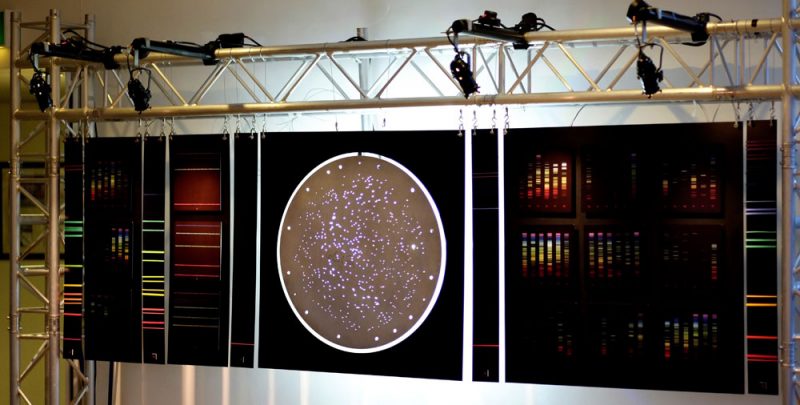
The Sloan Digital Sky Survey presents interesting challenges and opportunities to artists. Firstly its primary medium is spectra, somewhat more abstract than the typical sweeping celestial vistas that adorn both posters and press releases. Secondly, it, rarely for an astronomical project, leaves physical objects in the form of metal plates for every SDSS spectroscopic observation.
This page details the diverse and ingenious ways artists around the world have interpreted SDSS science, data and plates to produce work that is both visually stunning and thought-provoking.
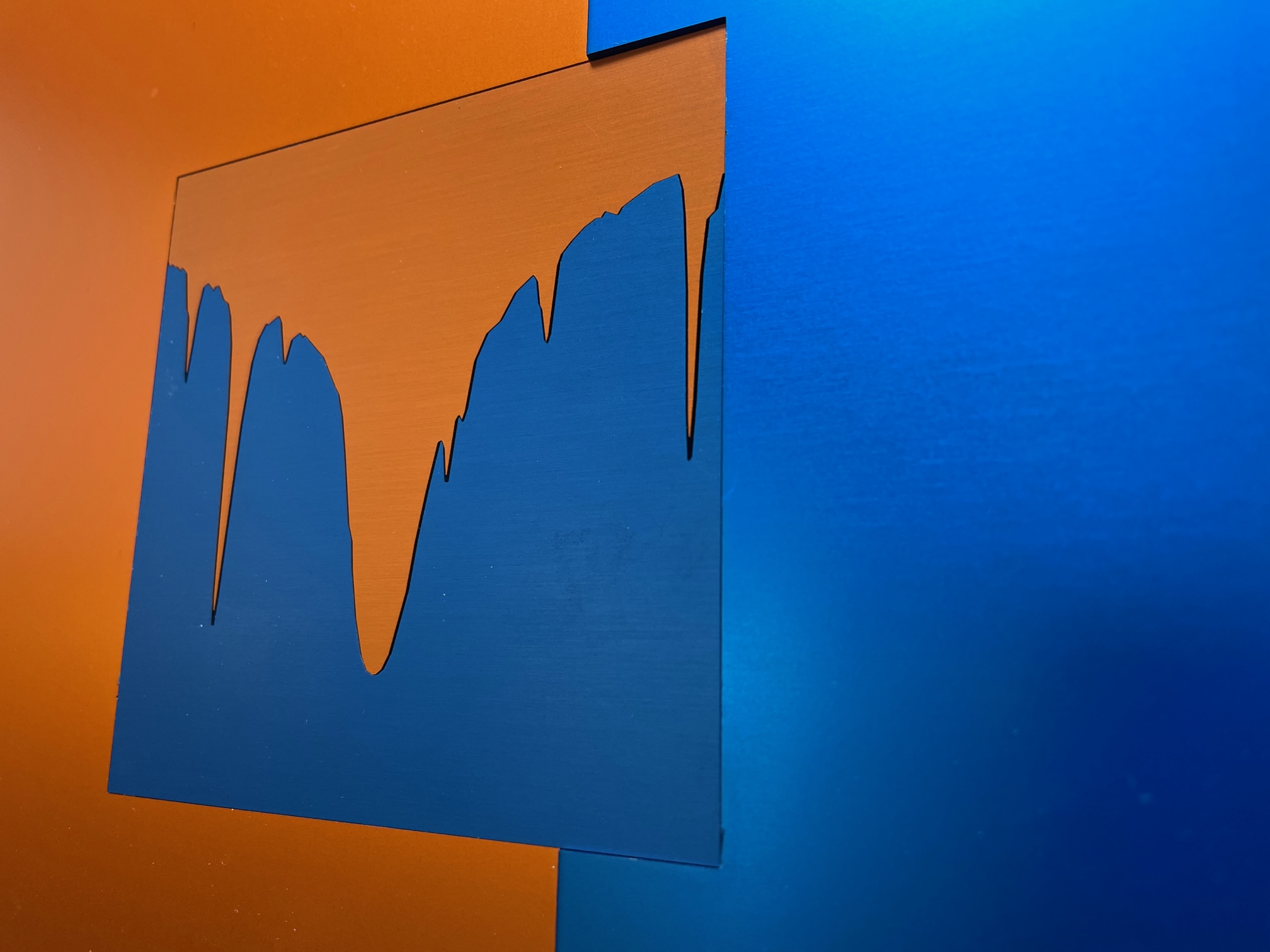
During the previous iteration of the Sloan Digital Sky Survey (SDSS-IV), Tim Fitzpatrick was appointed as the survey’s official artist in residence. Tim’s work incorporates both used SDSS plates and spectroscopic data from SDSS and other sources. In the event of always falling back down again uses different materials, finishes and colors to display sections of the solar spectrum as different visual landscapes.
Prior to joining SDSS, Tim, working with SDSS astronomer Anne-Marie Weijmans from the University of St Andrews, created Shine, an exploration of the information encoded in light. This led to representations of spectra on paper, steel, errupting up a mountainside or on the roof of an former jailhouse in New Mexico.
Currently Tim is coordinating a project which is aimed at taking the last plate created for SDSS observations on a journey between the two SDSS observatories in New Mexico and Chile.
Kathryn Cellerini Moore created, with the help of SDSS astronomer Sarah Tuttle, created Galactic Ping Pong at Chemeketa Community College in Salem, Oregon. This uses SDSS plates, salt sculptures and light projections along with sound incorporating data from NASA’s Chandra X-ray telescope to build a stunning immersive space.
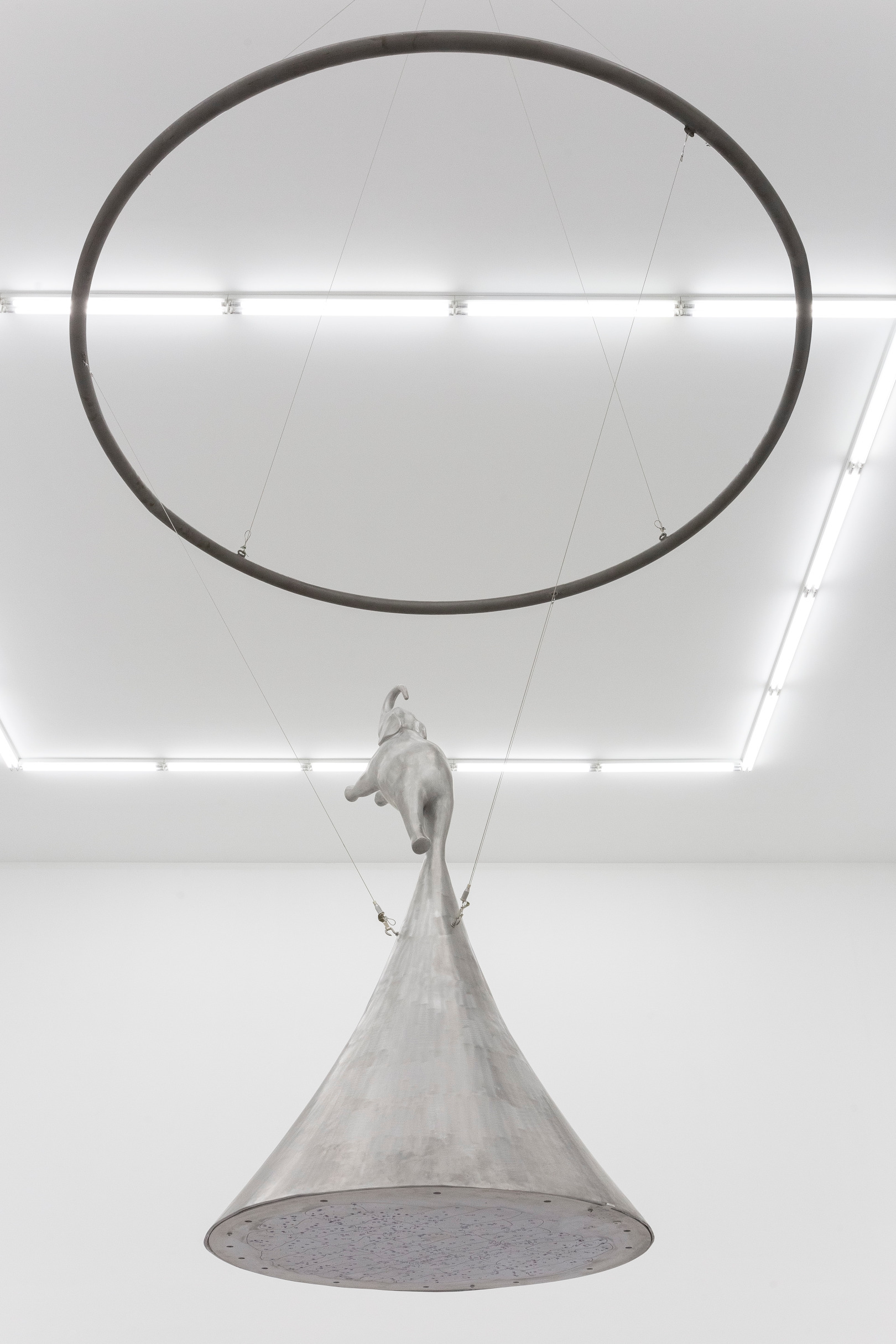
In 2016, Chinese artist Jian Yang organised an exhibit in Beijing entitled “The Beginning of Infinity” which included a piece incorporating an SDSS plate. In one Chinese folk tale, the sky is an elephant. If you can find the elephant’s leg you can climb up an touch the stars. In the piece the SDSS plate is used as the foot of the elephant, the first point on a journey to grasp the heavens.
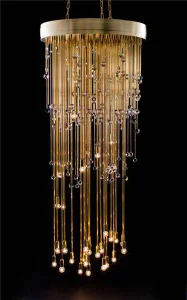
Josiah McElheny in collaboration with SDSS astronomer David Weinberg used an SDSS plate as the basis for a unique chandelier in a study for “The Center Is Everywhere” (also described here and in this NYTimes Article). This piece takes its title from the idea that in an infinite universe there is no unique center, thus the everywhere is the center.
SDSS data are also featured in a special exhibition at the Los Angeles County Museum of Art – Mapping the Infinite: Cosmology Across Cultures – from October 2024 to March 2025.
London-based conceptual artist Xavier Poultney, working with astronomers from SDSS institutions including the University of Portsmouth, included SDSS material in an exhibit entitled “Transient Objects” which looked at how ideas and items change and become layered into the strata of human societies over time.
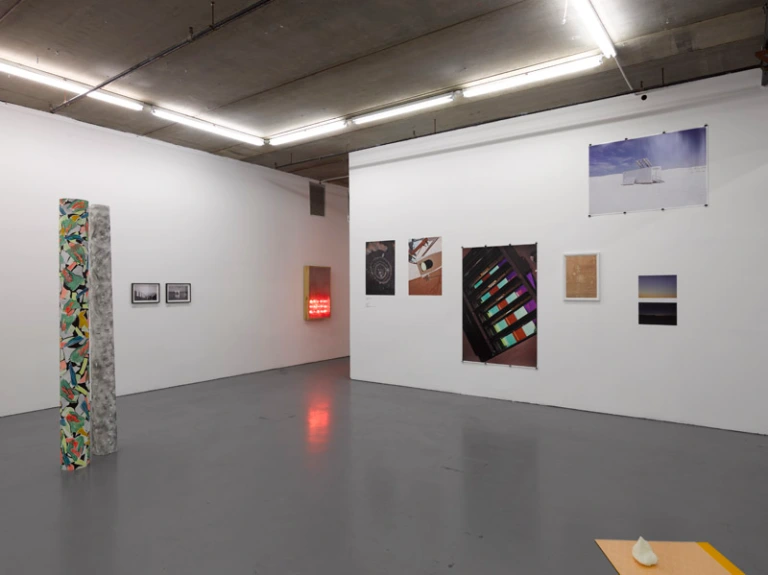
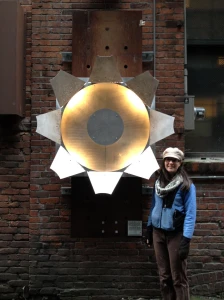
Sarah Ruether, a Seattle-based artist, used an SDSS plate to produce a work that echos the form of the SDSS telescope at the Apache Point Observatory.
